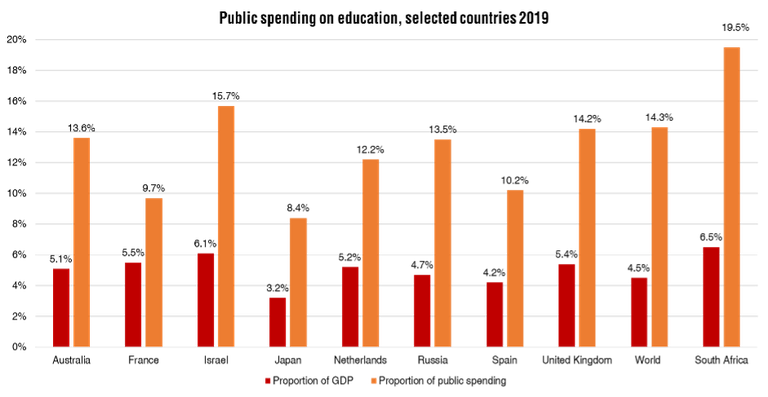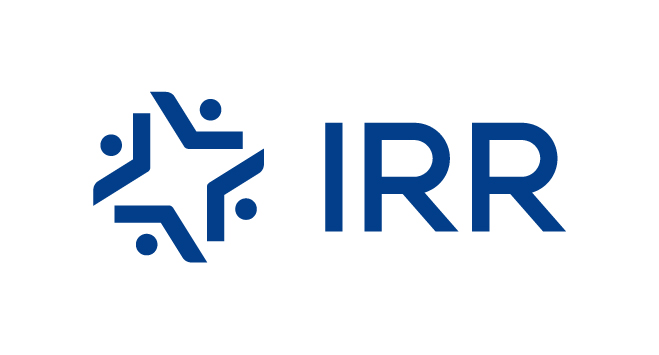Education in South Africa: No bang for our buck
In South Africa, the largest proportion of the national budget is reserved for the education sector, yet this spending hardly translates into good education outcomes. Instead, the reality is that poor quality and poor outcomes characterise SA’s education system. So, how do we make sense of this? Why are we getting no bang for our buck? The answer to these questions: it is not for a lack of resources but rather a mismanagement of resources that we find ourselves in a desperate situation.
The overall education budget is on average nearing the R300 billion mark. This is one of the largest education budgets in the world, even by the standards of wealthier nations. In fact, there are very few countries spending as much of their national budget as SA does on education.
Of course, it may seem an unfair comparison to bundle South Africa with all and any other country in the world – rich or poor – developed, developing or underdeveloped. However, it is still possible to conduct an international comparison which takes into account the unique financial context of each country in concern.
A helpful measure of how government education spending compares from one nation to the other is to look at it as a proportion of Gross Domestic Product (GDP) or as a proportion of public spending. The graph below illustrates this for us using selected countries as comparisons for South Africa’s education spending. It shows us that nearly 20% of public spending goes to education in South Africa. This is nearly twice the proportion of countries like Spain, France and Japan.

Source: World Bank
To demonstrate the mismanagement of education funding one needs only to look at how it is allocated. The 2021 Medium Term Budget Policy Statement, for instance, indicates that on average 80% of the education budget is used to pay teachers. The remaining 20% of the budget is used for:
- goods and services (which includes workbooks, the national school nutrition programme and pupil and teacher support material),
- transfers and subsidies (this includes subsidies for learning, teaching support material and, property payments for schools that manage their own budgets) and,
- education infrastructure.
The unavailability of school facilities illustrates just one example of the impact of this misallocation of resources for the broader basic education system. Students who struggle at the lower levels of SA’s education system filter into higher education without the requisite foundation to tackle the challenges it serves.
Education facilities are a crucial part of the learning process and a key factor in determining the quality of teaching a learner receives. In South Africa’s public schools only a third (31%) of schools have computer facilities, while only a quarter (25.8%) have a library. Further, a mere 19.7% of schools have a science laboratory and around 57% have sports facilities.
When it comes to questions around SA’s education system, it is not a matter of availability of money and how much is spent. Rather, it is about the management and proper allocation of available resources.
The views of the writer are not necessarily the views of the Freedom Advocacy Network.
Cover image source available here.
At the time of writing Simpe Jonas was an Analyst at the Centre for Risk Analysis.

